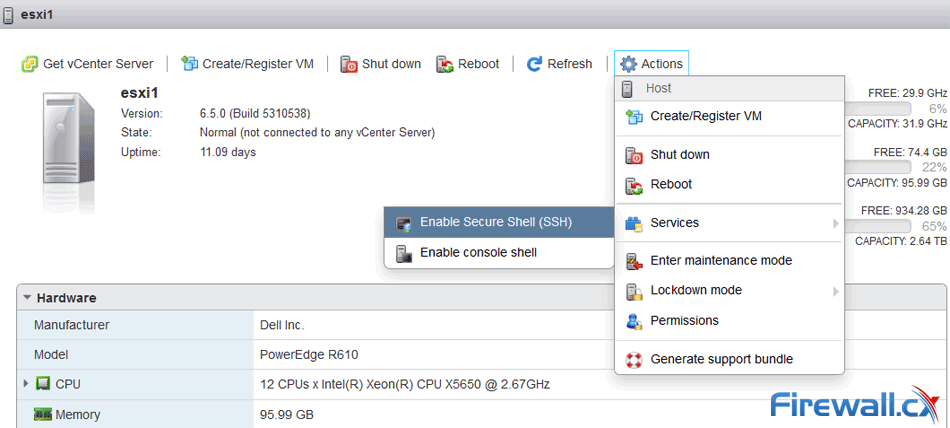
You can also specify whatever range fits your needs, as long as its not already used by ESXi.

(Optional) Create an index-time extraction that takes the actual hostname from the event that passes through, so that the log files can be associated with the correct host. Be sure to choose a port number within the range you specified in the VNC.xml custom firewall rule. The Splunk Add-on for VMware ESXi logs cant determine the originating host for the data when you use a syslog server as your data store and you forward that data to the Splunk platform indexer.Select ‘General’ under the Advanced sectionĬlick the ‘Configuration Parameters’ button and add the lines from above 1 by 1 Go to ‘Edit Settings’ for the virtual machine The above lines can also be added via the vCenter Interface by doing the following: Next I powered off the guest virtual machine I wanted to enable VNC access for and added the following lines: Using the built in editor I added the following information:Īfter saving the VNC.xml file I logged into my ESXi Console (via SSH) and issued the following command to restart the firewall service and enable my new custom firewall rule: esxcli network firewall refresh Add a VMkernel port to a virtual switch assigned to the physical NIC for.
VMWARE ESXI 5 ADD FIREWALL RULE SOFTWARE
Using vi or in my case WinSCP I navigated my way to the following location /etc/vmware/firewall and created a file named VNC.xml In the ESXi host Security Profile > ESXi firewall, enable the Software iSCSI Client. The following steps should help you create the new rule: This firewall setting does not exist by default. After trying many steps I narrowed down the steps that work perfectly in ESXi 5.įirst thing to know is that you require a custom firewall rule in ESXi to allow network access to your guest machines that are enabled for VNC console access. Now knowing what I wanted I needed to find a way out.

Long story short I wanted to have VNC Console access to my VMware ESXi 5.x guest systems.


 0 kommentar(er)
0 kommentar(er)
